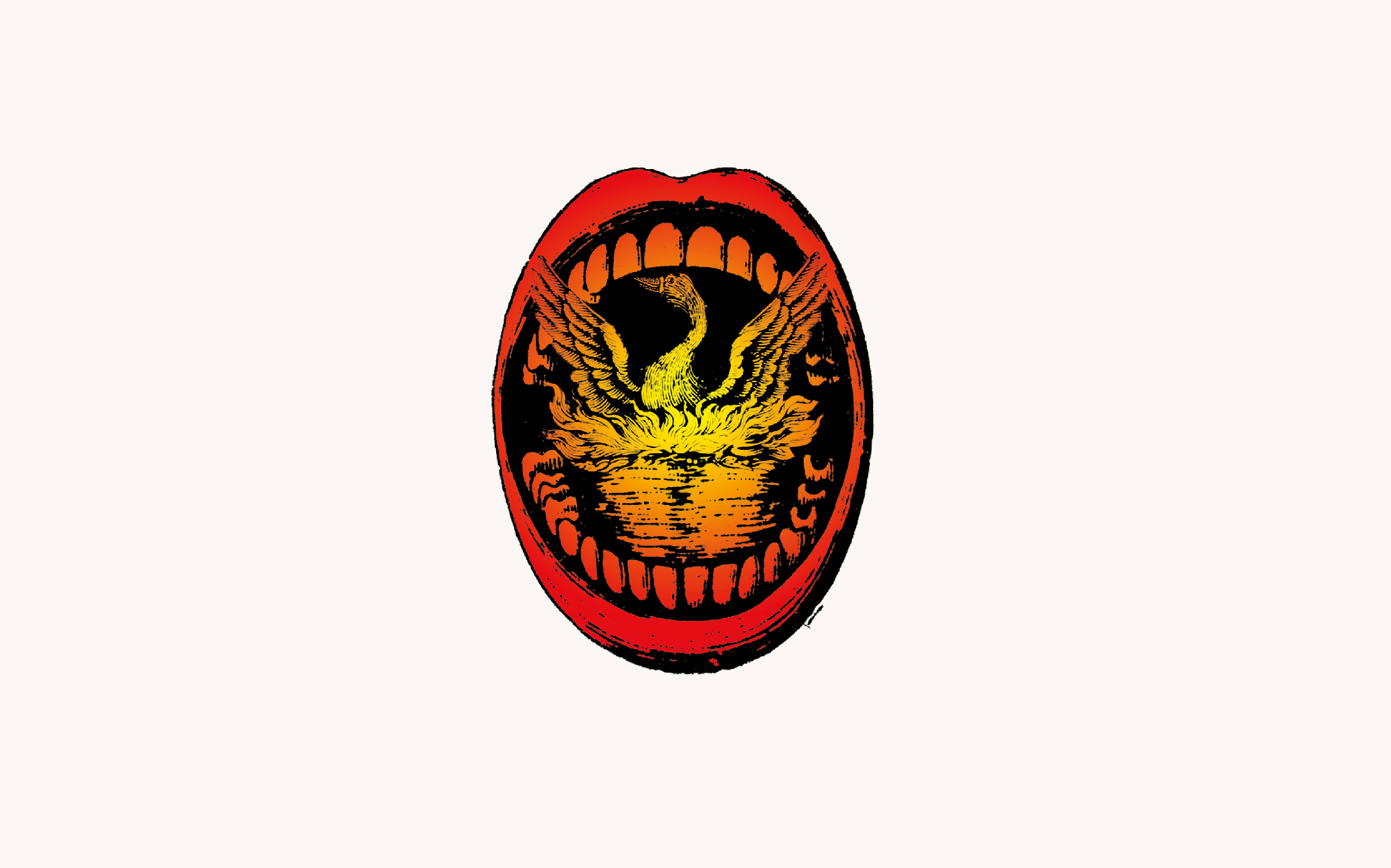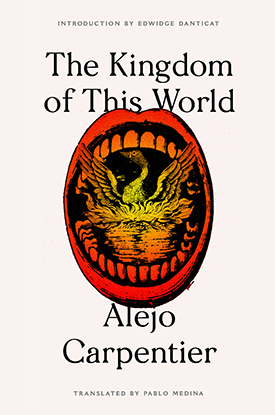In January 2004 Haiti observed the two-hundred-year anniversary of its independence from France in the midst of a national revolt. In the capital, as well as other cities throughout the country, pro- and antigovernment demonstrators clashed. Members of a disbanded army declared war on a young and inexperienced police force. Mobs of angry young men, some called chimè (chimeras) by their countrymen and others calling themselves cannibals, battled one another to assure that then Haitian president Jean Bertrand Aristide—worshipped by chimeras and reviled by cannibals—either remained in office or left.
A few weeks later Aristide departed in the early hours of a Sunday morning. By his account, he was kidnapped from his residence in Port-au-Prince and put on a U.S. jet, which took him to the Central African Republic, where he was held prisoner for several weeks. By other accounts, he went willingly; even signing a letter of resignation in Haitian Creole. As Aristide began his life in exile, he echoed in his statements to the international press nearly the same words that Toussaint L’Ouverture—one of the principal leaders of the first successful slave uprising in history—uttered when he was forced to board a ship headed for a prison in France: “In overthrowing me, you have cut . . . only the trunk of the tree of liberty. It will spring up again from the roots, for they are numerous and deep.”
Haitians were not surprised that Aristide chose to link his exit with such a powerful reverberation of the past. After all, there has been no more evocative moment in Haiti’s history than the triumphant outcome of the revolution that L’Ouverture had lived and died for. Though Haiti’s transition from slavery to free state was far from seamless, many Haitians, myself included, would rather forget the schisms that followed independence, the color and class divisions that split the country into sections ruled by self-declared monarchs who governed exactly as they had been governed, with little regard for parity or autonomy.
In The Kingdom of This World, Alejo Carpentier allows us to consider the possibility—something which his own Cuba would later grapple with—that a revolution that some consider visionary might appear to others to have failed. Through the eyes of Ti Noël—neither king nor ruler but an ordinary man—we get an intimate view of the key players in an epic story that merges myth and lore with meticulously detailed facts and astonishing lyricism. That this book is so short seems almost miraculous, for even with leaps in time and place, one feels neither shorthanded nor cheated, because the words and sentences are as carefully mounted as the walls of the massive citadel that the ambitious King Henri Christophe commands and Ti Noël and his countrymen build. What might take a more long-winded writer an entire book, Carpentier covers in one chapter. Yet we still encounter some of the most memorable architects of the Haitian revolution, along with some fictional comrades they pick up along the way. We meet the one-armed Mackandal, who is said to have turned into an insect in order to escape his fiery execution; Bouckman—most commonly spelled Boukman—who held the stirring Vodou ceremony that helped transform Toussaint L’Ouverture from mild-mannered herbalist to heroic warrior. And of course we come to know King Christophe, a former restaurateur who shoots himself with a silver bullet but not before forcing his countrymen to experience the “rebirth of shackles, this proliferation of miseries, which the least hopeful accepted as proof of the uselessness of any sort of revolt.”
Though Ti Noel does not remain among the resigned for too long, he is certainly tested through his disheartening encounters with those who have shaped (and misshaped) his country’s destiny. What we ultimately must accept is that he is neither phantom observer nor ubiquitous witness. Like Haiti itself, he cannot be easily defined At most, one might see Ti Noël as a stand-in for Carpentier.
Born of a Russian mother and French father, Carpentier shows with his skillful handling of this narrative that the essence of a revolution lies not only in its instantaneous burst of glory but in its arduous ripples across borders and time, its ability to shame the conquerors and fortify the oppressed, and, in some cases, to achieve the opposite. For if history is recounted by victors, it’s not easy to tell here who the rightful narrators should be, unless we keep re-defining with each page what it means to conquer and be conquered.
Carpentier once disclosed that during a trip to Haiti in the 1940s he found himself in daily contact with something he called the real maravilloso, or the “marvelous real.”
Carpentier once disclosed that during a trip to Haiti in the 1940s he found himself in daily contact with something he called the real maravilloso, or the “marvelous real.”
“I was stepping on ground whereon thousands of people eager for freedom believed,” he wrote in the preface to the 1949 edition. “I had visited the Citadelle of La Ferrière, a building without architectural precedent . . . I had breathed the atmosphere created by Henri Christophe, a monarch of remarkable endeavors . . . Every step I took, I came across the marvelous real.”
The marvelous real, which we have come to know as magical realism, lives and thrives in past and present Haiti, just as it does in this novel. It is in the extraordinary and the mundane, the beautiful and the repulsive, the spoken and the unspoken. It is in the enslaved African princes who knew the paths of the clouds and the language of the forests of their homelands but could no longer recognize themselves in the so-called New World. It is in Damballah, the snake god; in Ogun, the god of war. It is in the elaborate cornmeal drawings sketched in the soil at Vodou ceremonies to seek help from these loas or spirits. From Haiti’s fertile communal imagination sprang a fantastic sense of possibility, which certainly contributed to bondmen and -women defeating the most powerful armies of the time.
Whenever possible, Haitians cite their cosmic connection to this heroic heritage by invoking the names of one or all of the founders of our country: Toussaint L’Ouverture, Henri Christophe, and Jean-Jacques Dessalines. (The latter’s fighting creed during the Haitian war of independence was Koupe tèt, boule kay [“Cut heads, burn houses”].)
“They can’t do this to us,” we say today when feeling subjugated. “We are the children of Toussaint L’Ouverture, Henri Christophe, and Jean-Jacques Dessalines.”
As President Aristide’s opportune evocation of L’Ouverture shows, for many of us, it is as though the Haitian revolution were fought two hundred days, rather than two centuries, ago. This book reminds us why this remains so. For is there anything more timely and timeless than a public battle to control one’s destiny, a communal crusade for self-determination? The outcome, when it’s finally achieved, can be nearly impossible to describe. It certainly was for one Haitian poet: who was given the task of drafting Haiti’s Act of Independence. To do it appropriately, Boisrond-Tonnerre declared, he would need the skin of a former master—a white man—for parchment, his skull for an inkwell, his blood for ink, and a bayonet for a pen. Though not inscribed with the same intention, Carpentier’s words have no less sting or power.
Edwidge Danticat was born in Haiti and moved to the United States when she was twelve. She is the author of several books, including Breath, Eyes, Memory; Krik? Krak!; The Farming of Bones and The Dew Breaker

